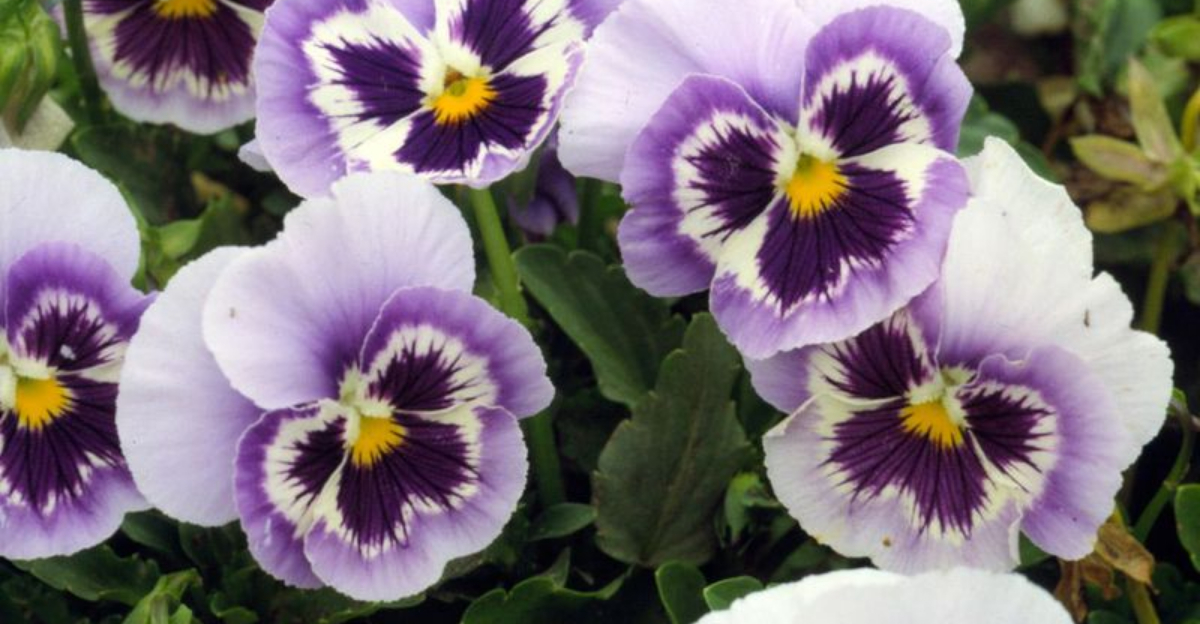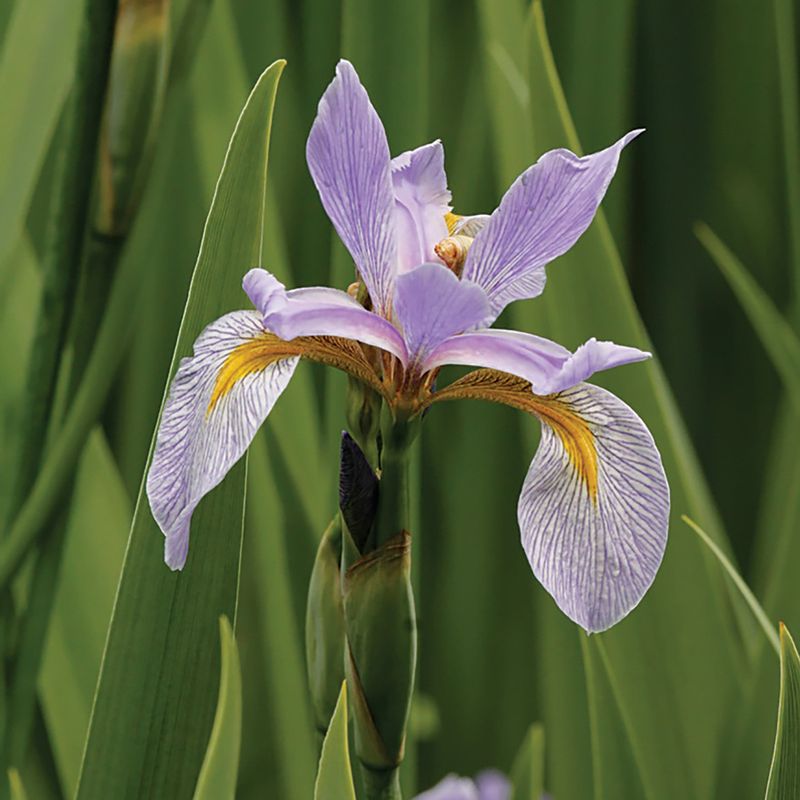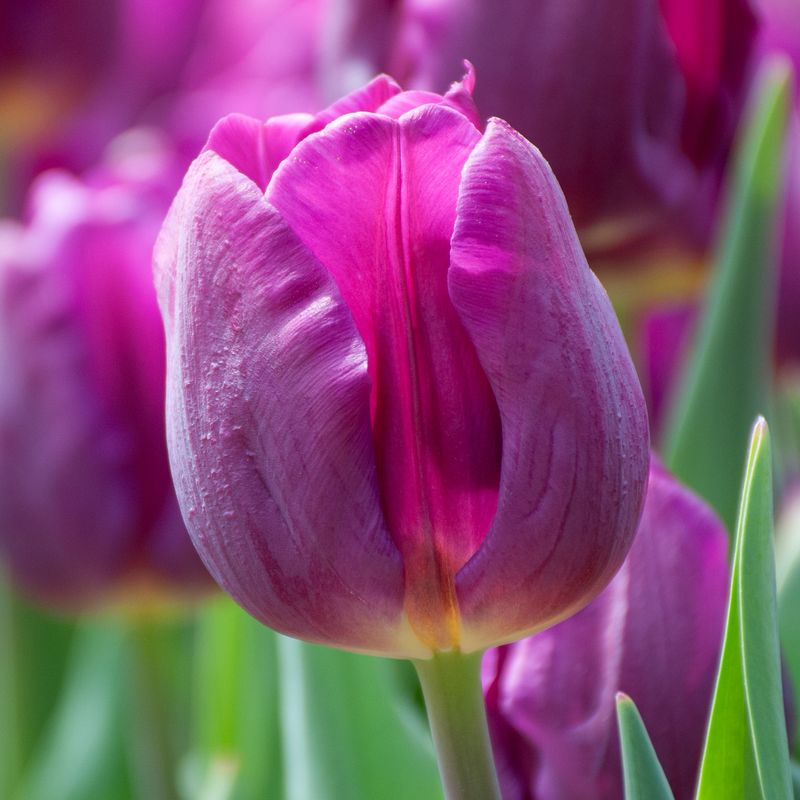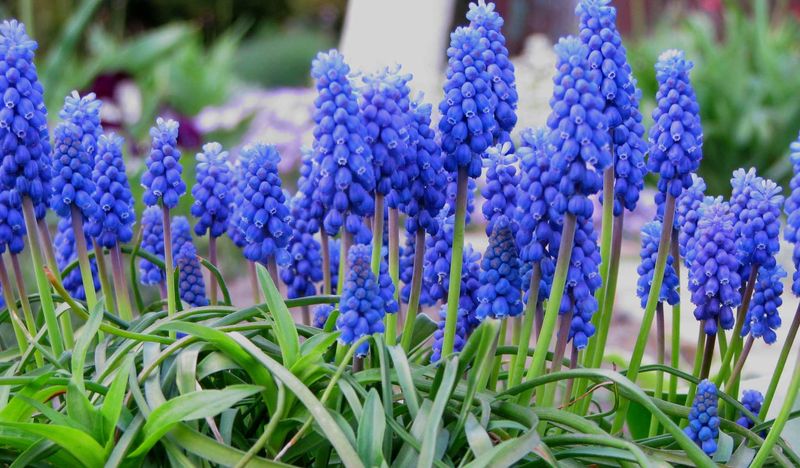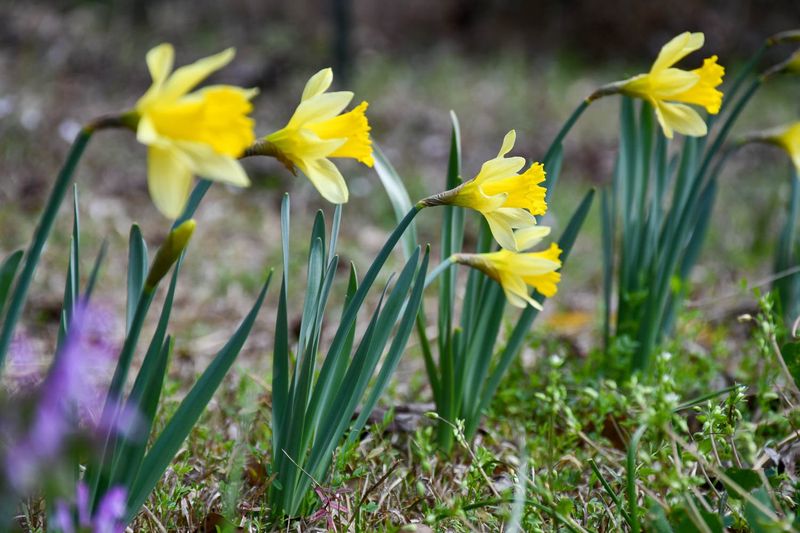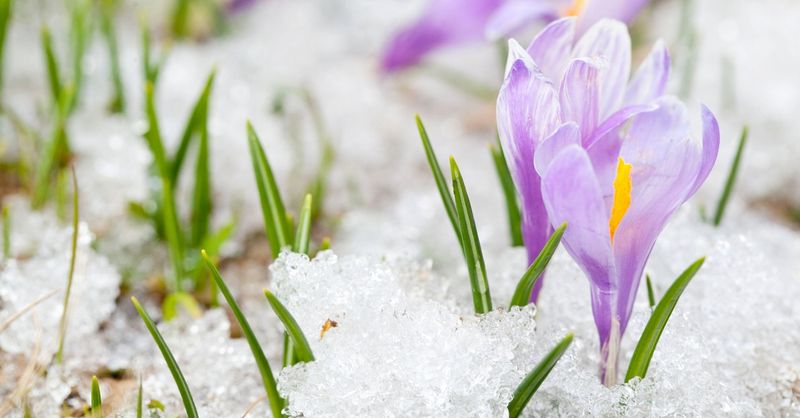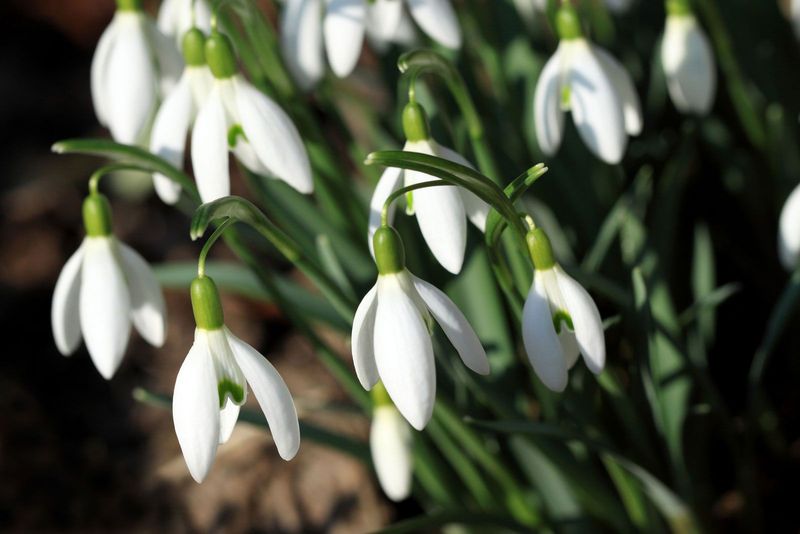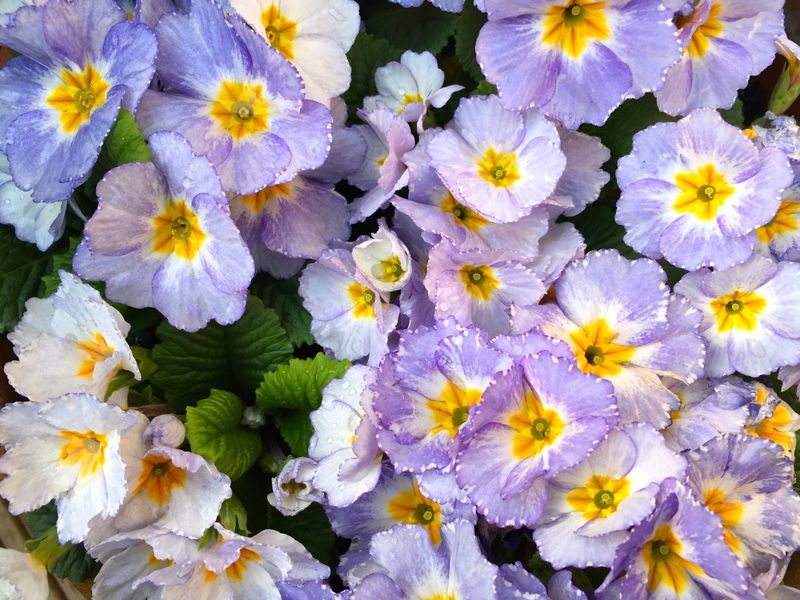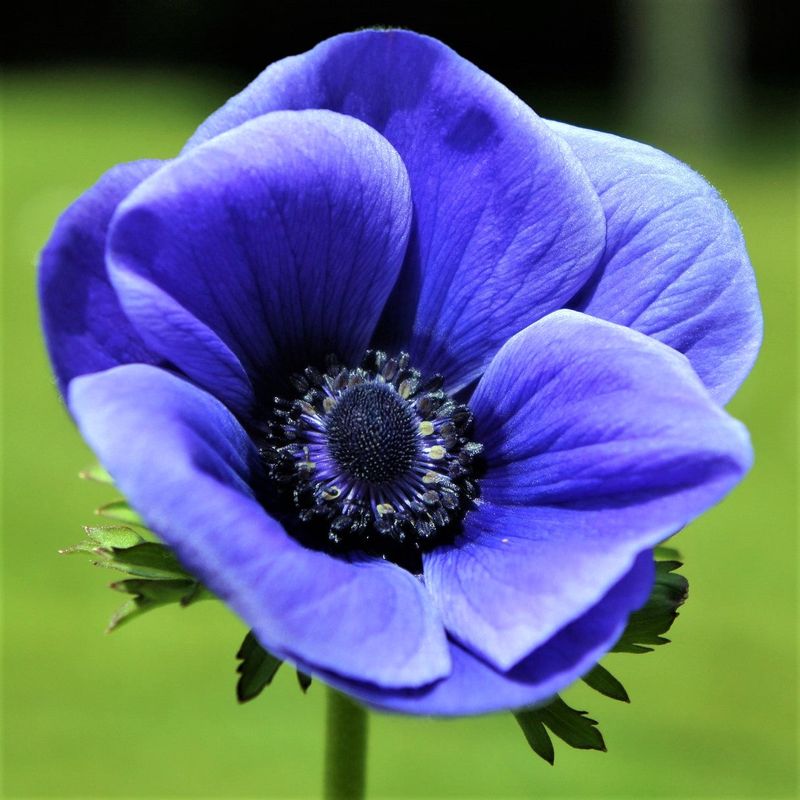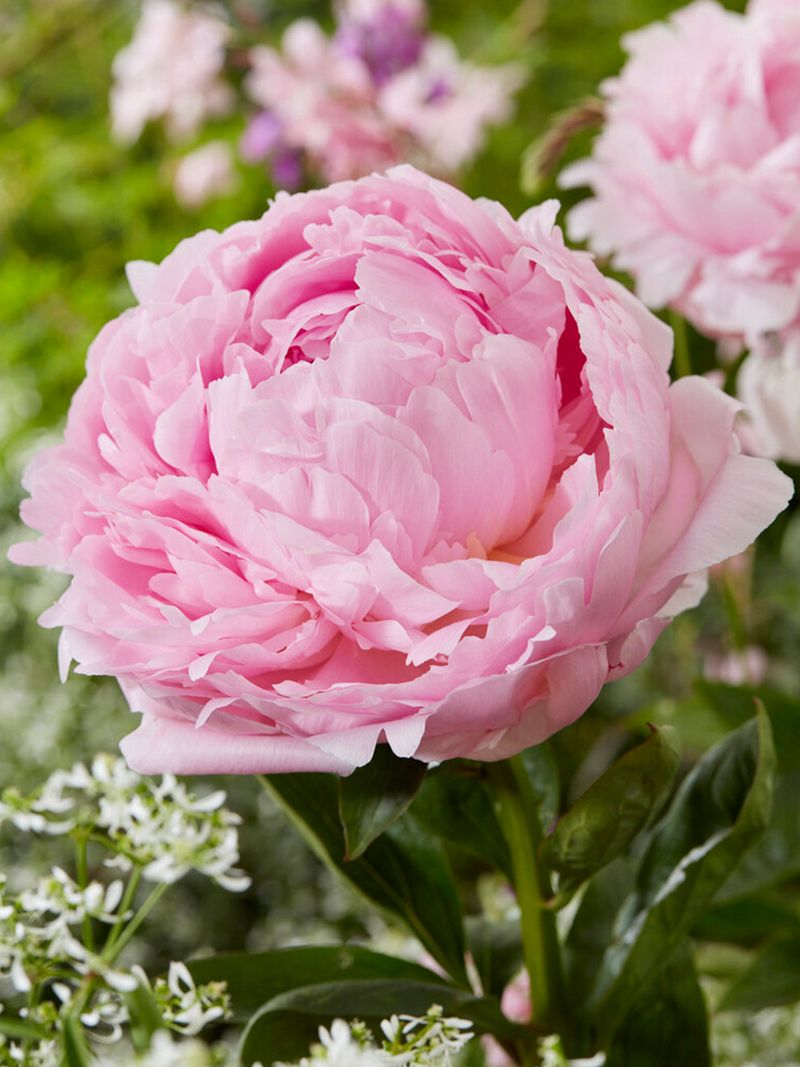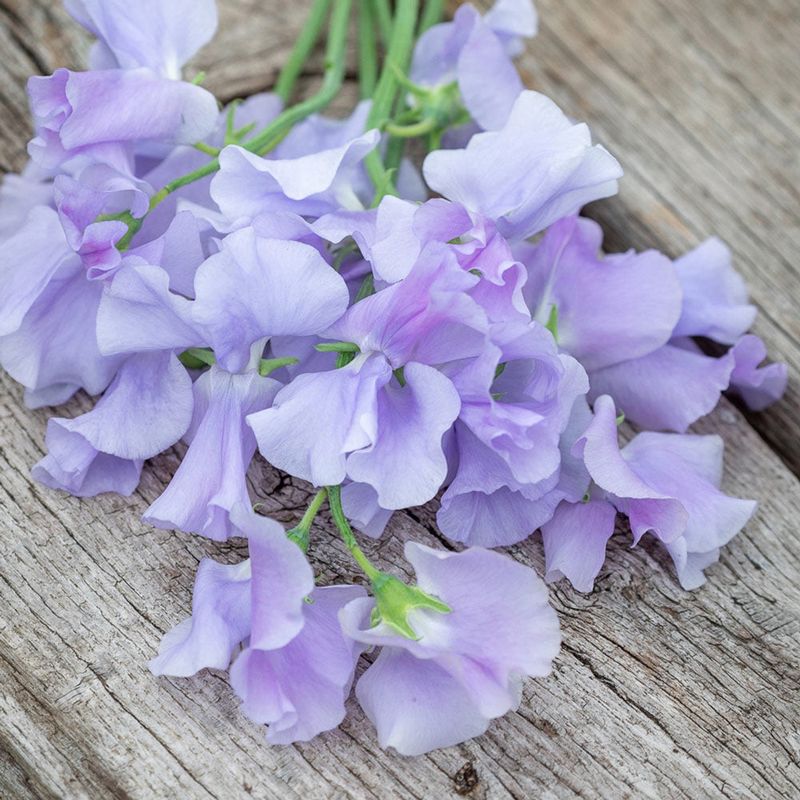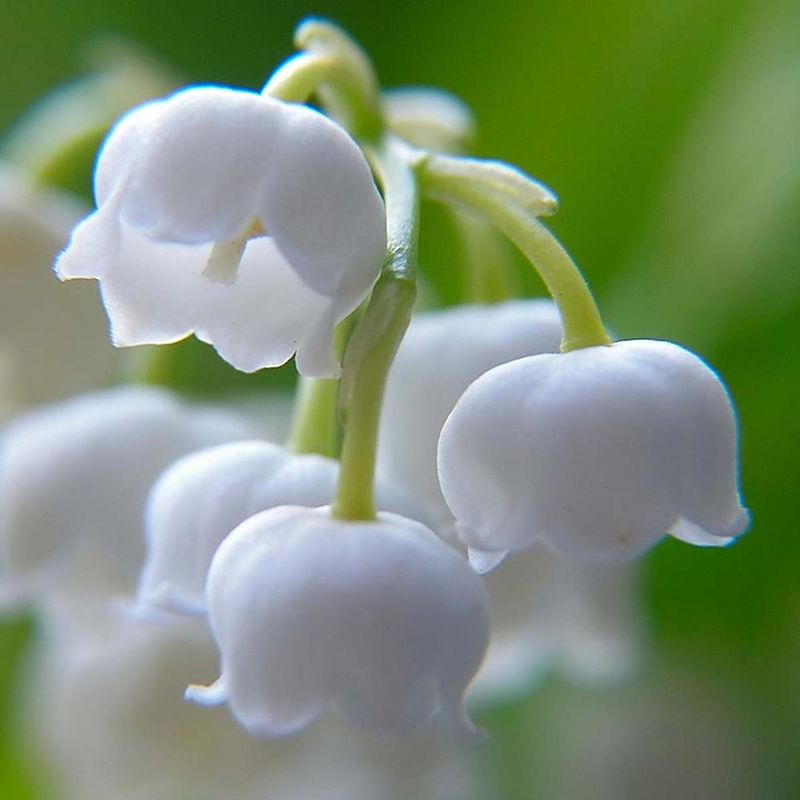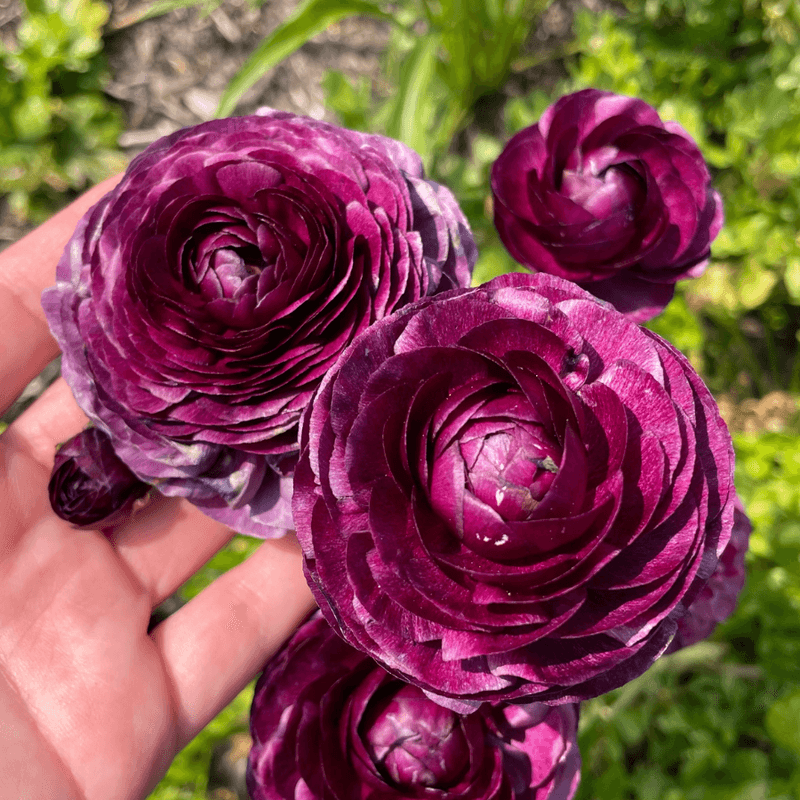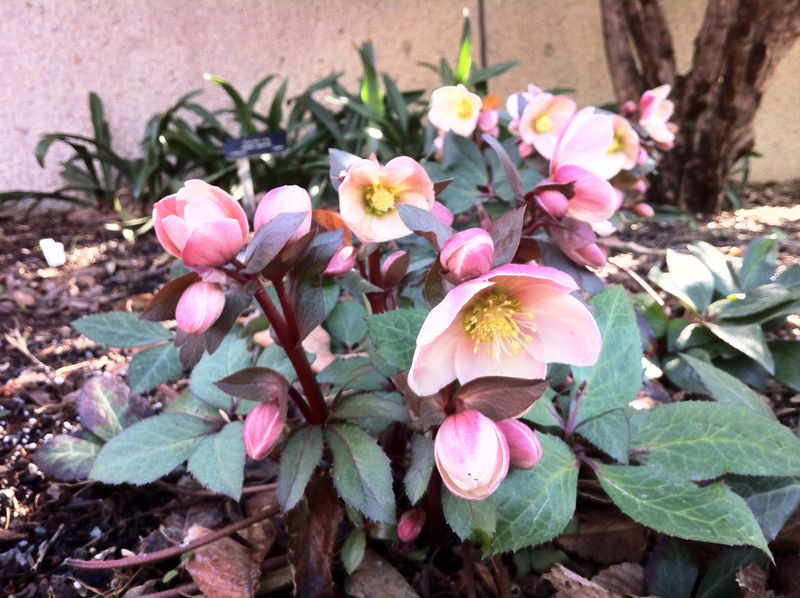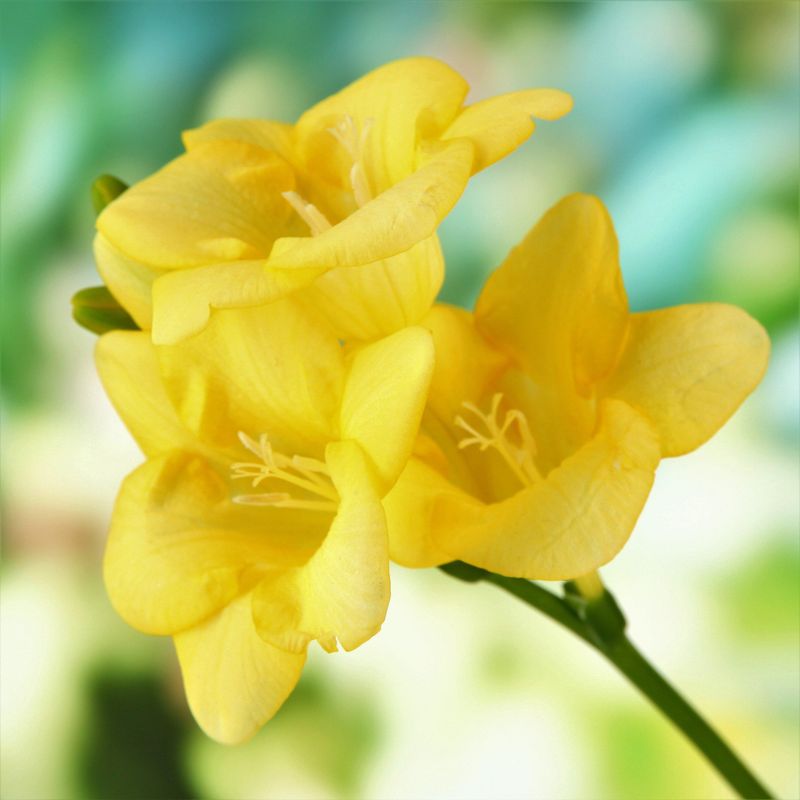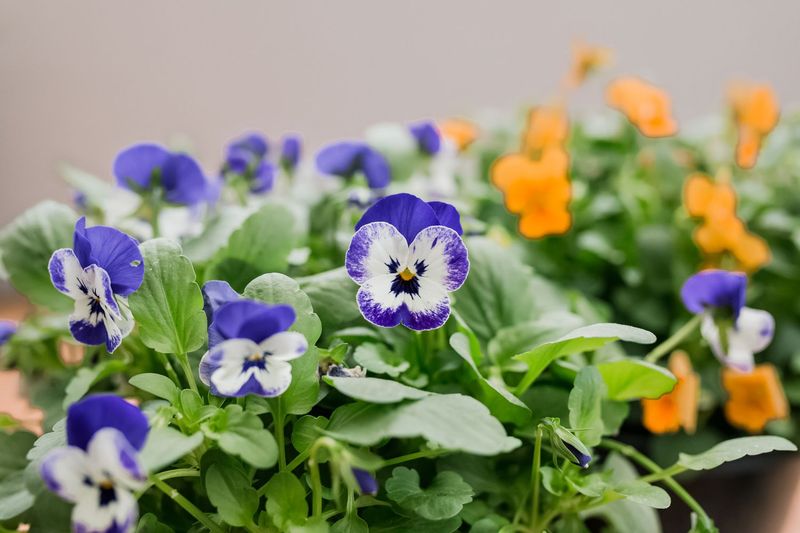Creating a flower garden can be both a therapeutic and rewarding endeavor. February is the perfect time to start sowing seeds for some of the most vibrant and delightful blooms.
From the hardy pansy to the elegant tulip, there’s a diverse range of flowers that can bring color and life to your garden. This guide explores the 15 best flowers you can plant this month, each with its own unique charm and characteristics.
Whether you’re a seasoned gardener or a budding enthusiast, these selections are sure to enrich your gardening experience.
1. Iris
The iris, with its intricate petals and striking colors, is a must-have for any garden. February is a suitable time to plant iris rhizomes, ensuring robust growth in spring. They thrive best in well-draining soil and full sun.
With minimal maintenance, irises reward you with breathtaking blooms. Their diverse range includes bearded and Siberian varieties, each offering unique appeal.
Known for their sword-like leaves and exquisite flowers, irises add both structure and beauty. They’re also excellent for cutting, bringing elegance from the garden to your home.
2. Tulip
Tulips are synonymous with spring, but February is when their journey begins. Starting them early allows for a vibrant display come springtime. Plant the bulbs in well-draining soil, ensuring they’re placed several inches deep.
Tulips require a chill period, making them perfect for cool February weather. Once established, their elegant blooms will brighten up any garden. Consider planting them in clusters for a more dramatic effect.
These flowers are a testament to nature’s artistry, with their elegant shapes and wide range of colors. They make wonderful cut flowers as well.
3. Hyacinth
Hyacinths are celebrated for their intoxicating fragrance and vibrant colors. February is the ideal time to plant these bulbs, allowing them to establish roots before spring. Place them in well-drained soil and ensure they have access to sunlight.
Their conical blooms offer a stunning visual and olfactory appeal. Hyacinths make excellent additions to borders, pots, and indoor arrangements. To keep them healthy, water sparingly to avoid bulb rot. Their sweet scent attracts pollinators, bringing life and activity to your garden. These flowers are a true feast for the senses.
4. Daffodil
Daffodils herald the arrival of spring with their cheerful yellow trumpets. Planting them in February ensures you’ll be greeted with their sunny disposition soon after. These hardy flowers prefer well-drained soil and a sunny spot.
They’re perfect for naturalizing in lawns or under trees where they can spread freely. Once planted, daffodils require little maintenance, making them ideal for beginner gardeners.
Their ability to multiply means they return year after year, bringing consistent beauty to your flower garden. They’re also deer-resistant, ensuring your blooms remain untouched.
5. Crocus
Crocuses are among the first flowers to emerge, often pushing through snow, signaling winter’s end. February is an excellent time to plant these resilient bulbs. They prefer well-drained soil and a sunny spot to flourish.
Their cup-shaped blooms come in various colors, from purple to yellow, creating a delightful tapestry. Crocuses are perfect for rock gardens, borders, and lawns, where they can naturalize over time.
Minimal care is needed once established, making them ideal for busy gardeners. These small yet mighty blooms are a welcome sight after a long winter.
6. Pansy
Pansies are the epitome of cheerfulness in a garden. With their vivid colors and ‘face-like’ appearance, they inject both joy and charm into any space. Ideal for February planting, these flowers thrive in cool weather and can withstand a light frost.
Their ability to bloom prolifically makes them a gardener’s favorite. When planting, ensure they receive ample sunlight and are in well-drained soil to flourish.
Regular deadheading encourages more blooms, prolonging their colorful display. These delightful flowers are perfect for borders and pots, adding a splash of color wherever they grow.
7. Snowdrop
Snowdrops are the harbingers of spring, known for their delicate white blooms that nod gently in the breeze. Plant these bulbs in February to usher in the new season. They thrive in well-drained soil and partial shade.
Snowdrops are ideal for woodland gardens and naturalizing under shrubs. Their understated beauty belies their hardiness, capable of withstanding late winter chills.
Once planted, they require minimal care, returning year after year. Consider planting them in clusters for a more striking display. Snowdrops bring a sense of renewal and hope to any garden.
8. Primrose
Primroses are a delightful addition to any garden, offering a burst of color in late winter and early spring. February is a great time to plant these perennial beauties. They prefer moist, well-drained soil and partial shade.
With their bright blooms and rosette-like foliage, primroses are perfect for borders, containers, and woodland gardens. Regular watering and deadheading will keep them looking their best.
Their cheerful appearance and variety of colors make them a favorite among gardeners. Primroses symbolize youth and renewal, adding both beauty and meaning to your garden.
9. Anemone
Anemones, with their vibrant hues and striking petals, add flair to any garden. February is the time to plant these tubers, ensuring spring blooms. They thrive in well-drained soil and a sunny to partially shaded spot.
Anemones are excellent for borders, rock gardens, and cut flower arrangements. Regular watering promotes healthy growth, while removing spent blooms enhances their display.
These flowers are known for their long-lasting beauty and resilience. Anemones’ poppy-like appearance adds a whimsical touch to any space. They symbolize anticipation and excitement, making them perfect for the season.
10. Peony
Peonies are the epitome of elegance in a garden, with their lush blooms and rich colors. February is a great time to plant bare root peonies, allowing them to establish before blooming in late spring. They prefer well-drained soil and full sun.
Peonies are perfect for perennial borders and as focal points in gardens. Their large, showy flowers are a delight, while their sweet scent attracts pollinators. Minimal care is needed once established, with occasional watering and support for heavy blooms. Peonies are a timeless addition, offering beauty and grace year after year.
11. Sweet Pea
Sweet peas bring a romantic charm to gardens with their delicate blooms and enchanting fragrance. February is the perfect time to sow seeds indoors, ready for transplanting. They require well-drained soil and full sun to flourish.
Sweet peas are ideal for trellises, fences, and as cut flowers. Regular watering and support for climbing vines ensure a lush display. Their pastel hues and gentle scent make them a favorite among gardeners. Sweet peas symbolize delicate pleasures and are a lovely choice for adding vertical interest. Their beauty is matched only by their enticing aroma.
12. Lily of the Valley
Lily of the valley is a classic choice for shady gardens, known for its sweet fragrance and dainty blooms. February is a suitable time to plant these rhizomes, allowing them to establish. They thrive in moist, well-drained soil and partial to full shade.
Ideal for borders and woodland settings, lily of the valley spreads easily, creating a lush carpet over time. Minimal maintenance is required, with occasional watering to keep them thriving.
These flowers symbolize purity and humility, adding both beauty and meaning to your garden. Their fragrance is a delightful addition to any space.
13. Ranunculus
Ranunculus are admired for their rose-like blooms and vibrant colors. Plant them in February for a stunning spring display. They thrive in well-drained soil and full sun.
Ranunculus are perfect for borders, containers, and as cut flowers. Regular watering and feeding encourage profuse blooming. Their intricate petals and rich hues make them a standout choice in any garden.
These flowers symbolize charm and attraction, adding allure wherever they’re planted. Ranunculus are a favorite for bouquets, offering both visual and tactile appeal. Their beauty is sure to captivate any onlooker.
14. Hellebore
Hellebores, often called the “Christmas Rose,” bloom in late winter, adding color when few others do. February is an ideal time to plant these hardy perennials. They prefer well-drained soil and partial to full shade.
Hellebores are excellent for woodland gardens and shaded borders. Minimal care is needed once established, making them a great choice for busy gardeners. Their unique blooms and evergreen foliage provide year-round interest.
Hellebores symbolize serenity and tranquility, offering beauty even in the bleakest of months. They’re a true testament to nature’s resilience.
15. Freesia
Freesias are beloved for their sweet fragrance and colorful blooms. Plant them in February to enjoy their delightful scent as spring arrives. They thrive in well-drained soil and full sun.
Freesias are ideal for borders, containers, and as cut flowers. Regular watering and feeding support their prolific blooming. Their trumpet-shaped flowers and slender stems add elegance to any arrangement.
Freesias symbolize innocence and friendship, making them a wonderful gift or garden addition. Their vibrant colors and pleasing aroma create a joyful atmosphere wherever they’re grown.
16. Viola
Violas, with their charming faces and delicate scents, are a lovely addition to any garden. February is the perfect time to plant them, ensuring a colorful spring display. They prefer well-drained soil and a sunny to partially shaded spot.
Violas are excellent for borders, pots, and hanging baskets. Regular deadheading promotes continued blooming, while their compact size makes them versatile.
These flowers symbolize faith and virtue, adding both beauty and meaning to your garden. Violas’ vibrant colors and gentle fragrance make them a perennial favorite among gardeners.
